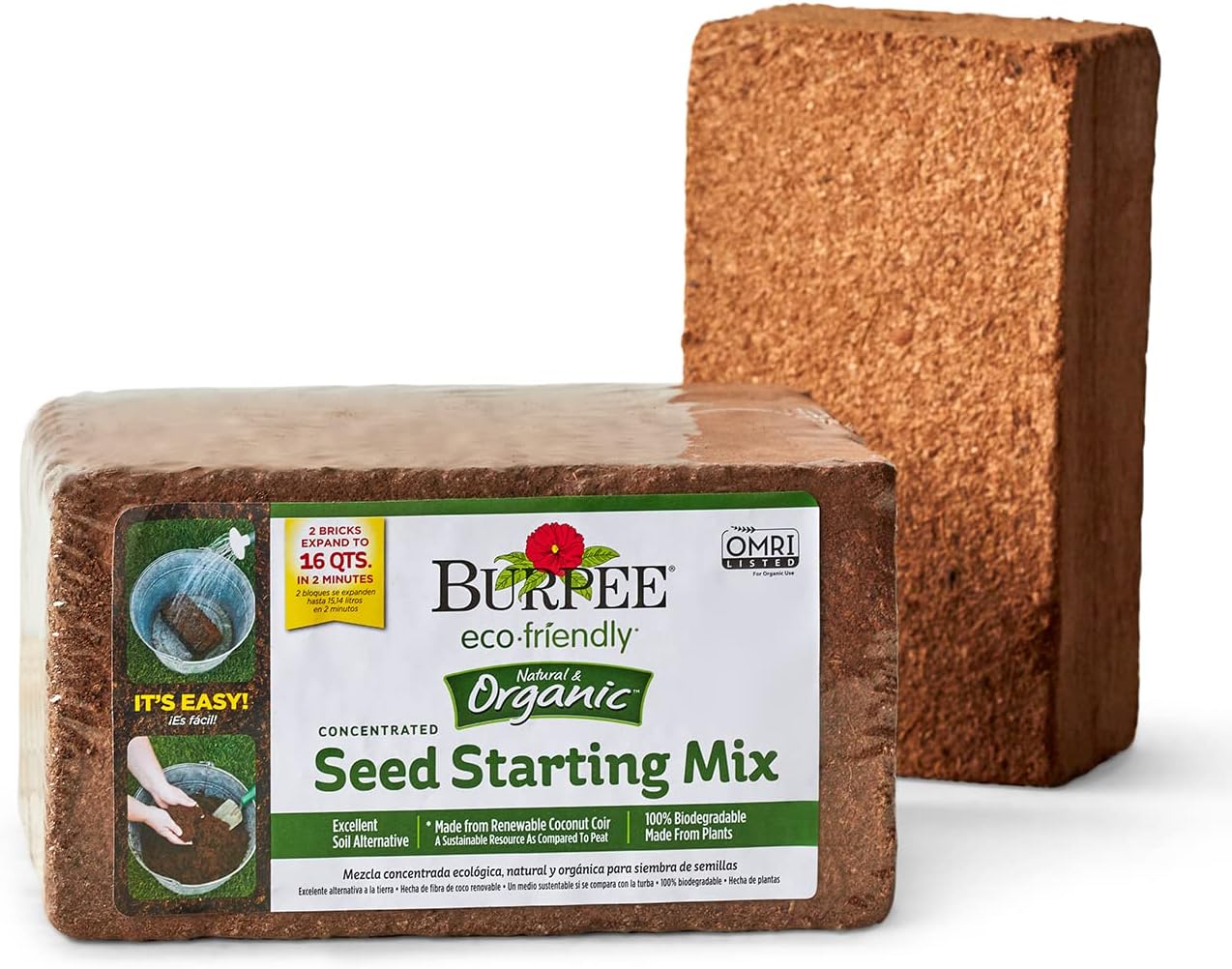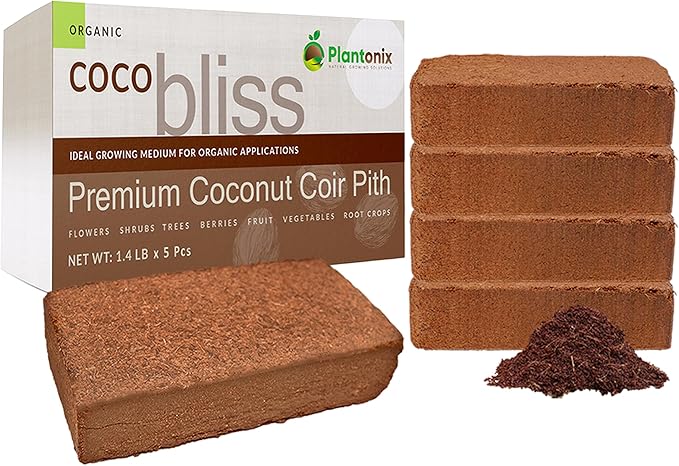Tips and Tricks for Growing Oregano
This herb requires very little attention to happily produce many delicious, aromatic leaves

Herbs are one of the easiest and rewarding plants I’ve ever grown. They’re beautiful, textural, and flavorful. Many herbs (oregano, for instance) are some pretty tough characters. Even in January my oregano still grows strong. Because I live in Northern California, I’ll admit that I’m cheating just a little. But all in all, I consider it a trooper.
Oregano (Origanum vulgare) is a perennial plant that’s also known as “wild marjoram” and grows well in many zones. It’s a European and Asian native with dark green, oval-shaped leaves that can be used both fresh and dried. In the summer or early fall, oregano blooms with little purplish pink or white flowers. Standard varieties grow 1 to 2½ feet tall and may spread out to 3 feet wide, but there are dwarf varieties as well.

Truly wild oregano has little or no scent, but if it’s purchased at a nursery or garden center, you can be fairly certain that it’s grown for culinary use. Just to be sure, I tend to rub a leaf or two and smell it before bringing it home.
If your palate is pleased by Italian dishes such as pizza or pasta sauce, you’ll want to plant a Greek or Italian variety (Origanum vulgare hirtum). This oregano’s leaves are gray-green, fuzzy, and broader than its cousin’s, and they have a spicier flavor. There are several variations of this culinary herb, as well as those that have variegated or golden leaves that add interest to the garden.
Popular oregano varieties
- ‘Aureum’ (Golden marjoram)—This oregano variety has bright-gold leaves in the spring that darken as they age and become light green by late summer or fall.
- ‘Compact Pink Flowered’—This variety has pungent, dark-green leaves and blooms in dark pink flowers.
- ‘Aureum Crispum’—This is basically the original ‘Aureum’ but with interesting, crinkly leaves.
- ‘Compactum’—This is interesting oregano that won’t give you many flowers (if at all), but its leaves do turn purple in the winter.
- ‘White Anniversary’—Its white flowers are barely noticeable, but this variety has attractive, bright-green foliage with white margins. It’s a terrific choice for gardeners who are looking for a ground cover or edging plant. It’s nice for containers too.
- ‘Greek oregano’ or ‘Italian oregano’—This is the most popular one for those interested in growing oregano predominately for the kitchen.

Oregano growing tips
Like many herbs, oregano is a sun-worshipper and likes to be planted in an area that receives full sun for 6 to 8 hours (although, it’ll do just fine with a bit less). It doesn’t seem to mind rocky places, but it thrives when planted in well-drained soil with good organic matter. Nice, loamy garden soil encourages oregano to spread quickly. Oregano requires only moderate watering, but it prefers even watering while it’s becoming established.
When growing oregano for culinary dishes, your main objective is to encourage leaf production. Keep it trimmed to prevent blossoms from showing up, because flowering is a signal to the plant that its life cycle is over and it will slow down or stop producing leaves altogether. Leaves can be harvested (with the stems) when the stems are 4 to 5 inches tall.
Oregano requires very little attention and happily produces many pungent, aromatic leaves with the most basic care. Pots or containers make a perfect home for oregano, which makes it handy for back porches or those with limited garden space.
Propagation tips for making more oregano

You can start your oregano from seed or as stem cuttings (before the stem blooms). But the simplest way to propagate this herb is by dividing a mature plant in the spring or fall. Simply dig up the entire plant and, depending on how large it is, use either two pitchforks or hand spades to divide it.
Stick the hand spades or pitchforks next to each other into the center of the plant, and then pull each tool away from the other to divide the plant into two. Divided oregano plants should be planted immediately into their new beds or containers. Many gardeners divide them in the fall to pot one up and bring it indoors for the winter.
Oregano’s versatile character doesn’t stop at the kitchen garden. It’s an excellent bedding plant for perennial garden beds or foundation landscape areas and makes a beautiful, low-maintenance, scented ground cover. Don’t forget that if you’re interested in attracting pollinating insects to your garden, oregano has that covered too.
Fine Gardening Recommended Products

Attracting Beneficial Bugs to Your Garden, Revised and Updated Second Edition: A Natural Approach to Pest Control
Fine Gardening receives a commission for items purchased through links on this site, including Amazon Associates and other affiliate advertising programs.

Burpee Organic Coconut Coir Concentrated Seed Starting Mix, 16 Quart
Fine Gardening receives a commission for items purchased through links on this site, including Amazon Associates and other affiliate advertising programs.

Coco Bliss 650gm Bricks (5-Pack) - Organic Coco Coir
Fine Gardening receives a commission for items purchased through links on this site, including Amazon Associates and other affiliate advertising programs.






Comments
Log in or create an account to post a comment.
Sign up Log in